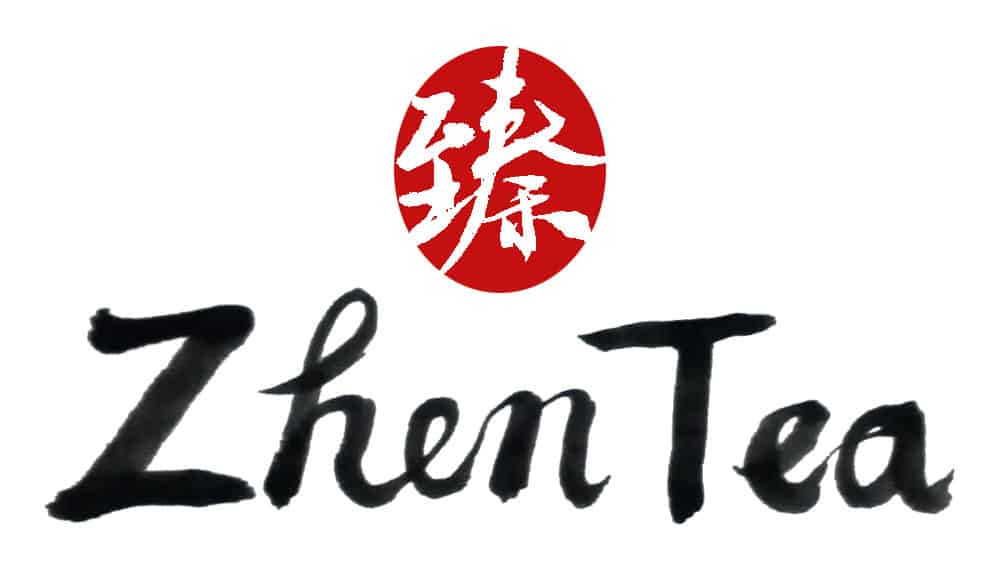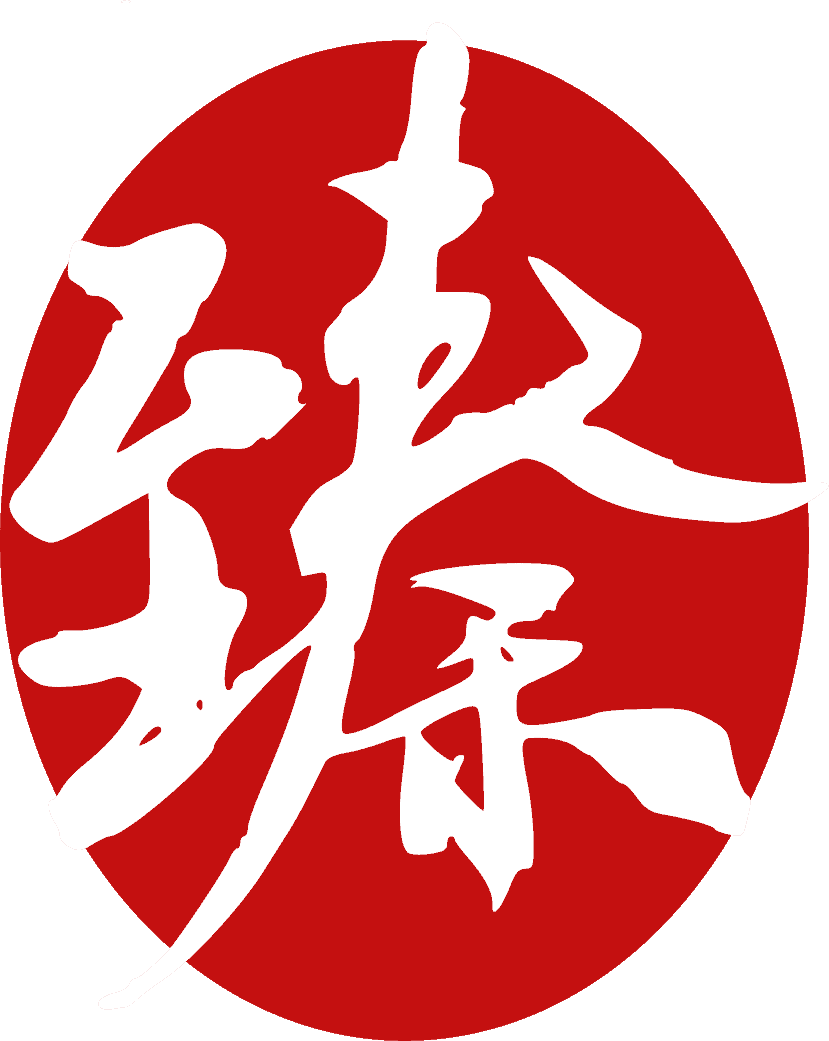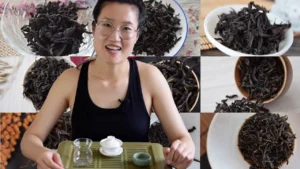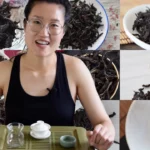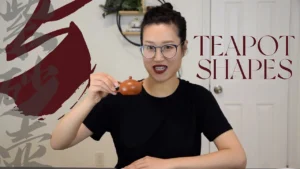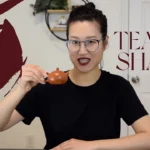To rinse or not to rinse? It’s a question people often have when it comes to Gongfu tea brewing. Do I need to rinse every tea? If not, then what tea needs to be washed? When to wash tea? How do I rinse my tea? Let’s start from the beginning.
What is rinsing tea?
Rinsing or washing tea is the term that is directly translated from Chinese tea term 洗茶 (xi3 -rinse/wash, cha2 – tea). It can also be called as wen run pao (温润泡, moisturizing brew). It’s a step when we add the water to the tea and quickly pour it out without drinking it. It’s like a mini-infusion, but we discard it rather than drink the tea.
The name of this step itself is somewhat misleading. The literal meaning of both Chinese and English words makes many people who are new to Chinese tea feel like this step is about cleaning the tea leaves. The leaves grow outdoor and go through some process in a factory. Of course, the tea needs a rinse! Or, does it?
Why do we rinse tea?
There is a good reason why we call this “quick infuse and discard” step a rinse or a wash. Because the water will take away the surface dirt or dust on the tea, similar to how we wash anything else. However, don’t get your hopes too high and think this step will wash away all the undesired stuff in the tea. Not many teas have straight flat leaves that are easy to “wash”, as a matter fact, many tea shapes are either slightly or heavily rolled. So this quick rinse can’t really reach every corner of the leaves. As for those harmful chemicals that you are afraid might exist in your tea, this step doesn’t do much either because many such chemicals are not water-soluble. So, is it silly to rinse tea for hygienic purpose? Not at all. Do you rinse the blueberries you bought from the supermarket? Some do, some don’t. It’s the same as a tea rinse, in the end, it’s a personal choice.
If not entirely for hygiene, why exactly do we rinse the tea? In gongfu brewing, rinsing the tea acts like a warmup or an awakening step. In fact, because the original Chinese term of rinsing tea is too misleading, many Chinese tea pros started to use alternative terms for this step, for sample 温润泡 (wen1 run4 pao4), 润茶 (run4 cha2), or 醒茶 (xing3 cha2). These terms emphasize the true purpose of this step – get the tea ready for the official brewing. So that when you taste the tea, it gives out its full flavour.
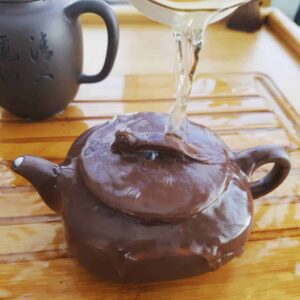
What teas need to be rinsed?
Usually, we don’t rinse white, green or yellow teas. Many of these types of tea are covered in fine fuzz/trichomes. The rinse will take away the precious trichomes that the careful processes tried to preserve. Black tea is another tea type that we don’t recommend rinsing. Because of the process, black tea will very easy give out its flavour when brewing. The rinse will actually wash away some of the essences of the tea making your tea less enduring.
Oolong and dark tea are the teas that often need a rinse, because many of these teas are tightly rolled or pressed. A quick rinse can get the teas warmed up and loosened up, and when you start your first infusion, the leaves will give out their true flavour.
Teas to Rinse
-
Oolong Tea
-
Dark Tea
-
Aged Tea
Not Recommended to Rinse
-
White Tea
-
Green Tea
-
Yellow Tea
-
Black Tea
Aged tea is another type of tea where a quick rinse is suggested. Time gradually changes the taste of the tea, bringing it more inward and ‘low-key’. It’s a unique, “mature” tasting profile. A rinse will help bring out the flavour of these teas. And sometimes, you’ll encounter an aged tea that wasn’t stored properly, so a rinse could help wash away the undesired bad-storage aromas that were introduced.
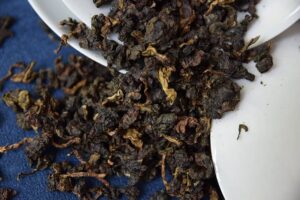
How to rinse tea?
In general, add the water to the tea and when the leaves are all submerged, it’s time to pour the water out. It doesn’t need to actually steep when doing a rinse. Sometimes, however, we may do multiple rinses or a long rinse as well. If you are doing a quick tasting and want to get directly to the core taste of the tea, multiple rinses or a long steep as a rinse could save you some time.
To rinse or not to rinse?
By now, you’ve probably figured out that there’s no simple answer to this question. It all depends on the types of tea, the shapes of tea, your personal preference and more.
